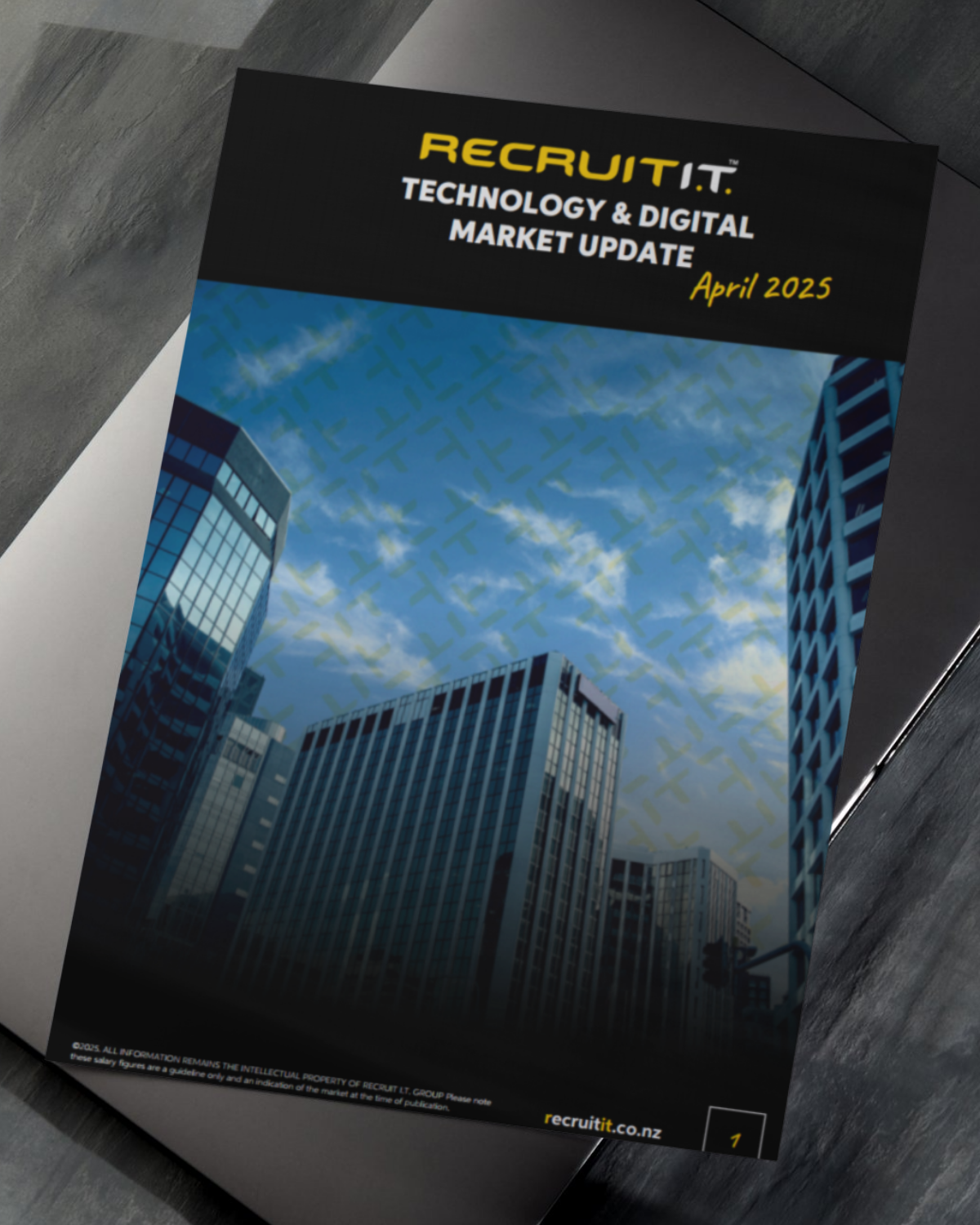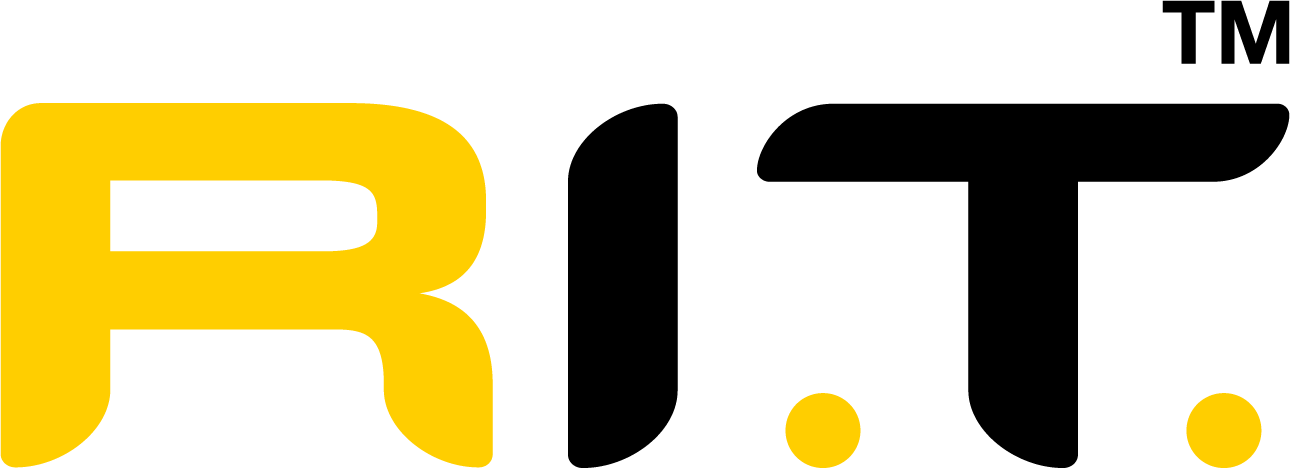What Your CV Tells Us in 20 Seconds
We’ve seen it all. Some CVs stand out for the right reasons, some fall flat, and others make us wonder, “What story is this person trying to tell?”
Whether you’re a developer in Auckland, a BA in Wellington, or an engineer in Hamilton, your CV is your first handshake with a potential employer. It can open doors or quietly close them before you even get a look-in.
This isn’t theory. As recruiters, we’ve read thousands of CVs across New Zealand’s tech scene. Some make the shortlist straight away. Others lose us after a quick skim. Here’s what we’ve learned from years of experience helping candidates and hiring managers. Think of this as a behind-the-scenes look from people who read CVs every day.
1. Keep it short and sharp
We once saw a 12-page CV that listed every job since high school, including part-time retail shifts. The hiring manager didn’t even make it halfway through.
Your CV is not your autobiography. It’s your highlight reel. Employers don’t need to know everything you’ve ever done. They want to see the work that proves you can do this job right now.
How candidates usually write it in their CV (What we usually see):
- 2008–2009: Part-time retail assistant. Managed stock and customer service.
What to write instead:
- Senior BA, Ministry of Health, 2021–2023. Led redesign of digital patient records. Improved processing times by 20%.
Recruiter Tips:
- Keep it between two and four pages.
- Focus on the past 10 to 12 years.
- Summarise older roles in one line.
- Ask yourself: “Would I read this whole CV if it wasn’t mine?”
2. Format for humans and machines
Recruiters skim. Hiring managers skim. Applicant tracking systems (ATS) skim even faster. If your CV is overdesigned, it might look great to you but fail to get through the process.
We once received a CV that looked like a design portfolio. It was stunning, but when scanned by the ATS, half the skills disappeared. Important ones like Kubernetes and Docker never made it to the hiring manager.
What we usually see:
- Infographics or coloured sidebars
- Text hidden in boxes or columns
What we prefer to see:
- Clear headings like Experience, Skills, Education
- One simple font throughout
- Black text on a white background
Recruiter Tips:
- Use consistent date formatting
- Leave plenty of white space
- Save creative design for your portfolio or LinkedIn banner
3. Show the tools you used
Titles tell part of your story, but tools show what you can actually do. “Software Engineer” could mean anything. What did you work with?
We once had a DevOps candidate whose CV didn’t mention any platforms. The client’s first question was, “Do they know AWS or Azure?” Because it wasn’t clear, the candidate almost missed the chance.
What we usually see:
- Worked on XYZ cloud projects.
What to write instead:
- Built CI/CD pipelines in Azure DevOps and automated deployments with Terraform.
Recruiter Tips:
- List your tools, frameworks, and systems for each role
- Match them to the job ad when relevant
- Add certifications if they strengthen your case
4. Bullet points beat paragraphs
Long paragraphs hide your wins. Bullets make them stand out.
We once compared two CVs side by side. One used short, results-based bullet points. The other was a wall of text. The bullet-point CV made it to the client within minutes. The other needed editing before anyone read it.
What we usually see:
- Responsible for improving performance and migration activities across systems.
What to write instead:
- Reduced API response times by 35% through code optimisation.
- Migrated 50+ servers to AWS with zero downtime.
Recruiter Tips:
- Start each bullet with an action verb
- Focus on outcomes, not just duties
- Keep it clear and concise
5. Always add industry context
A “Business Analyst” in Wellington’s government sector isn’t the same as a “Business Analyst” in Auckland fintech. The same title can mean very different work.
We once saw a CV that simply said “Business Analyst, 5 years.” When we added “Health Tech” to the role, the client immediately saw the relevance and asked to interview.
What we usually see:
- Business Analyst, 5 years
What to write instead:
- Business Analyst | Health Tech | Wellington
Recruiter Tips:
- Add the industry for every role
- Highlight sector-specific projects
- Show how your environment shaped your skills
6. Cut the fluff
We can spot filler instantly. Lines like “Motivated self-starter passionate about innovation” don’t tell us anything.
We’ve also noticed more AI-generated summaries sneaking into CVs. They sound robotic and all blend together. Hiring managers can tell.
What we usually see:
- Strong leadership skills and a passion for digital transformation.
What to write instead:
- Led a team of six to deliver a $2M Salesforce rollout on time and under budget.
Recruiter Tips:
- Replace vague phrases with facts and results
- Use numbers to prove impact
- Focus on what you’ve done, not what you claim to be
7. Proofread like it matters
It’s easy to overlook small mistakes, but they can hurt your chances. We once received a CV for a “Security Manger.” The typo appeared three times. The client noticed and it cost the candidate an interview.
Recruiter Tip:
- Run spellcheck, then read it aloud
- Ask a friend to review it
- Don’t rely on AI tools to catch everything
8. Do one final check before sending
Before you hit send, run through a quick checklist:
- Is it 2 to 3 pages?
- Is the format clean and simple?
- Have you listed your tools and achievements?
- Did you proofread twice?
If you can tick all of these, your CV is already stronger than most.
A polished CV doesn’t just tell your story. It shows that you take your career seriously.
Key Takeaway
The tech market moves quickly. Wellington’s public sector, Auckland’s startups, and Waikato’s growing data scene are all searching for skilled people. Your CV is your best chance to cut through.
A well-written CV tells your story clearly and confidently. A poorly written one hides your strengths behind unnecessary details.
Treat your CV like production code. Clean, tested, and easy to read will always win.
If you’d like a recruiter’s eyes on your CV, send it our way. We’re here to help you stand out.
Connect with us!




